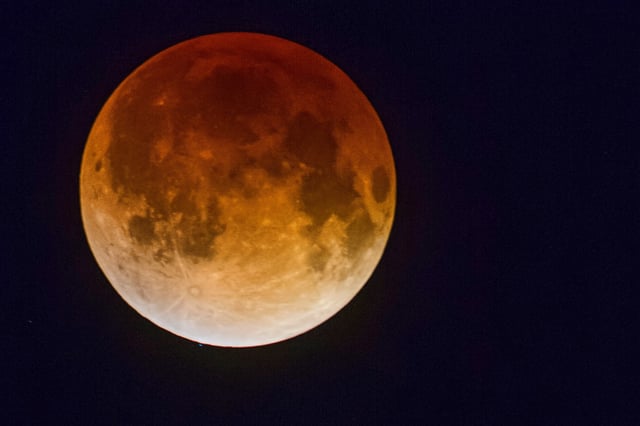Overview
- Totality is forecast from roughly 17:30 to 18:52 GMT on September 7, with the full eclipse sequence running about 15:28 to 20:55 GMT, according to published astronomical data and NASA estimates.
- The eclipse favors the Eastern Hemisphere, with clear views across much of Asia, Africa, Europe and Australia, while most of the Americas will miss it aside from limited partial views in places such as Hawaii, parts of Alaska and parts of Brazil.
- In the UK, viewers will see the second half at moonrise around 7:30 pm BST, with maximum eclipse occurring below the horizon at 7:11 pm BST and eastern areas seeing up to about 29 minutes of totality before it ends at 7:52 pm BST.
- No eye protection is required for a lunar eclipse; a clear view of the low eastern horizon and cooperative weather will be key, and binoculars or a small telescope can enhance the view.
- Live online coverage is planned by telescope networks such as the Virtual Telescope Project around 17:45 UT, and this eclipse precedes a partial solar eclipse on September 21 and another total lunar eclipse on March 2–3, 2026.



